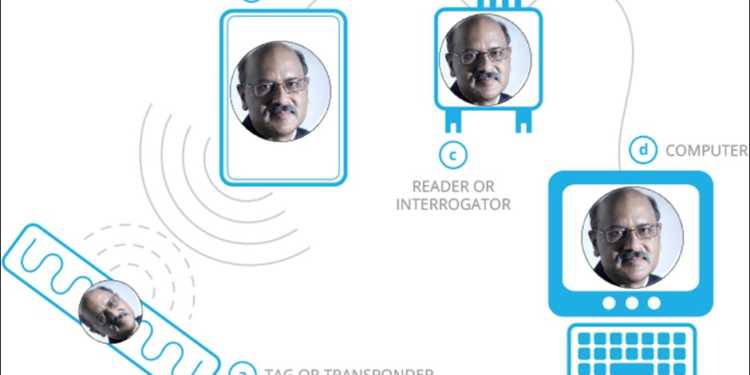Fake News is the new buzz word in India after the Information & Broadcasting Ministry’s fake news guidelines were withdrawn yesterday. The order had resulted in a huge furore as it was seen against the “freedom of the press”. However, just a day after the incident, an article published by The Print, justified the need for some action against fake news peddlers.
The article talks about how the Press Information Bureau, which falls under the Information & Broadcasting Ministry, is planning to track the movement of journalists using RFID tags. The concocted story talks about the move to replace the present accreditation cards with RFID cards. It claims that Frank Noronha, the Principal Director-General of Press Information Bureau (PIB) had confirmed the move.
Only a publication run by Shekhar Gupta has the ability to create fake news about fake news. Frank Noronha has explicitly denied any such move. In a tweet, he said that this story was fake and a figment of the imagination. While Mr Noronha termed the story as false, The Print has written extensively about what Frank Noronha had to say on the progress of the RFID tags. One can only imagine how they got all those “official” statements.
This is totally incorrect/false/fake. There is no such instructions given to me by the Hon’ble Minister of I&B to track movement of journalists through RFID cards. Outright figment of imagination. ! https://t.co/sWanPY6ZXd
— Sheyphali B. Sharan (@DG_PIB) April 4, 2018
This fake news article is a classic example of why we need stringent laws to stop the spreading of fake news. In the past few months, every top performing Government minister has been the victim of ‘hit-and-run’ journalism. Fake news stories claiming corruption and scandals emerge, only to vanish in the next few days.
One of the most recent and relevant example is of a news site called NewsJoint which emerged during Nagaland elections. It was started with the sole purpose of spreading fake news against Ram Madhav. The news portal which peddled fake news has since then vanished altogether. Such fake news makes it difficult for top-performing ministers to carry out their duty without any hindrances.
Coming back to the RFID fake story published by The Print, not only does it falsely claim that the move was confirmed by the PIB Director, it also oversells the power of RFID technology. RFID simply means Radio Frequency Identification and consists of a small device that comprises a chip and an antenna. Not every RFID is capable of real-time location tracking.
While the article does not explicitly state that the Information & Broadcasting Ministry will track the location in real-time, the headline is easily misleading. As explained earlier, only active RFIDs can transmit the location without the help of any external power source. It will only function when brought in close proximity to the reader. The real problem would be identity-theft, but why bother about reporting the truth when you can create sensational headlines.
The question arises as to why has there been a concerted effort to target Smriti Irani and the Information & Broadcasting Ministry. One of the most obvious reasons is her stand on fake news. While the recently released order may not be the solution, she is taking efforts in the right directions to stop the peddling of fake news. One can only wonder why some people are feeling so threatened with her move to go against fake news.
The second possible reason could be because Smriti Irani has challenged Rahul Gandhi in Amethi. In spite of losing in the 2014 elections, she has been relentlessly working on the ground in Amethi. This could certainly spell trouble for Rahul Gandhi in the 2019 elections. So, is she the victim of ‘hit-and-run’ journalists trying to discredit her? Certainly, the people of India are smarter than The Print.

































